Find the equivalent focal length of the system for paraxal rays parallel to axis
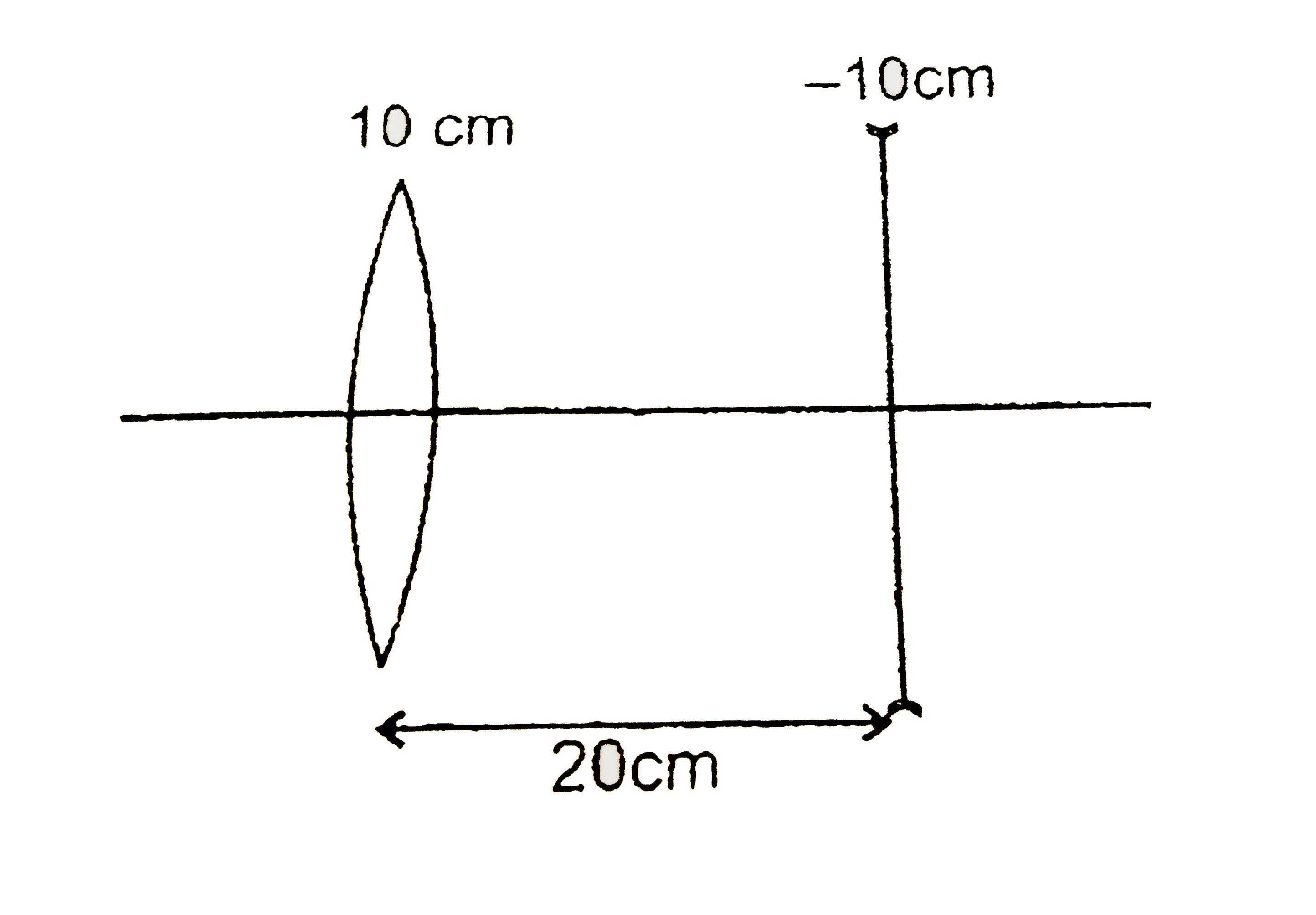
1feq=1f1+1f2−df1f2=110−2010(−10)=15
⇒feq=5cm
Topper's Solved these Questions
- GEOMATRICAL OPTICS Book:RESONANCE ENGLISHChapter:GEOMATRICAL OPTICS Exercise:Exercise-1
Explore 141 Videos
- GEOMATRICAL OPTICS Book:RESONANCE ENGLISHChapter:GEOMATRICAL OPTICS Exercise:Exercise-2
Explore 62 Videos
- GEOMATRICAL OPTICS Book:RESONANCE ENGLISHChapter:GEOMATRICAL OPTICS Exercise:Advance level Problems
Explore 33 Videos
- EXPERIMENTAL PHYSICSBook:RESONANCE ENGLISHChapter:EXPERIMENTAL PHYSICSExercise:PART -II
Explore 10 Videos
- GRAVITATIONBook:RESONANCE ENGLISHChapter:GRAVITATIONExercise:HIGH LEVEL PROBLEMS
Explore 16 Videos
Similar Questions
Two plane mirrors are inclined to each other at an angle 60∘ if a ray of light incident on first mirror parallel to the second mirror, it is reflected from the second mirror
View SolutionAn object is placed in front of a slab (μ=1.5) of thickness 6cm at a distance 28cm from it. Other face of the slab is silvered. Find the position of final image.
View SolutionA U-shaped wire is placed before a concave having radius of curvature 20 cm as shown (18-E1). Find the total length of the image.

View SolutionTwo full turns of the circular scale of a screw gauge cover a distance of 1 mm on its main scale. The total number of division on the circular scale is 50. Further, it is found that the screw gauge has a zero error of −0.03 mm while measuring the diameter of a thin wire, a student notes the main scale reading of 3 mm and the number of circular scale division in line with the main scale as 35. The diameter of the wire is
View SolutionLet a star be much brighter than our sun but its mass is same as that of sun If our earth has average lift span of man as 70years In the earth like planet of this star system having double the distance from our star find the average lift span of a man on this planet in terms of our year
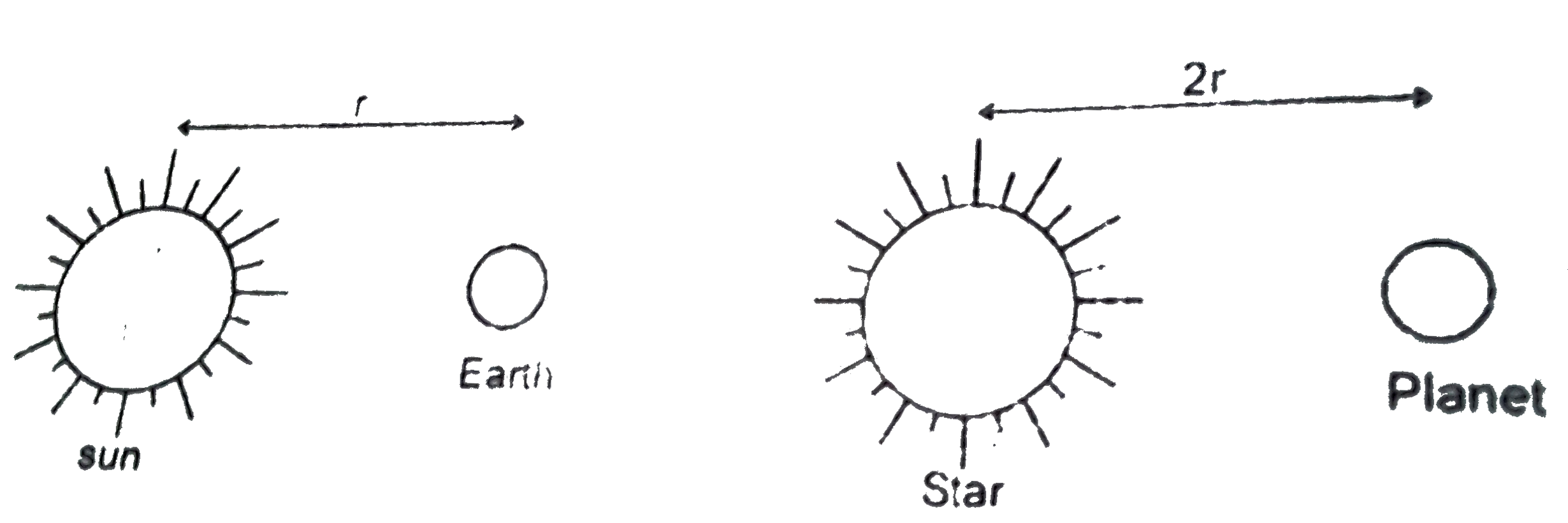 .
.
View SolutionShow that a parallel bundle of light rays parallel to the x-axis and incident on a parabolis reflecting surface given by x=2by2, will pass through a single point called focus of the reflecting surface. Also, find the focal length.
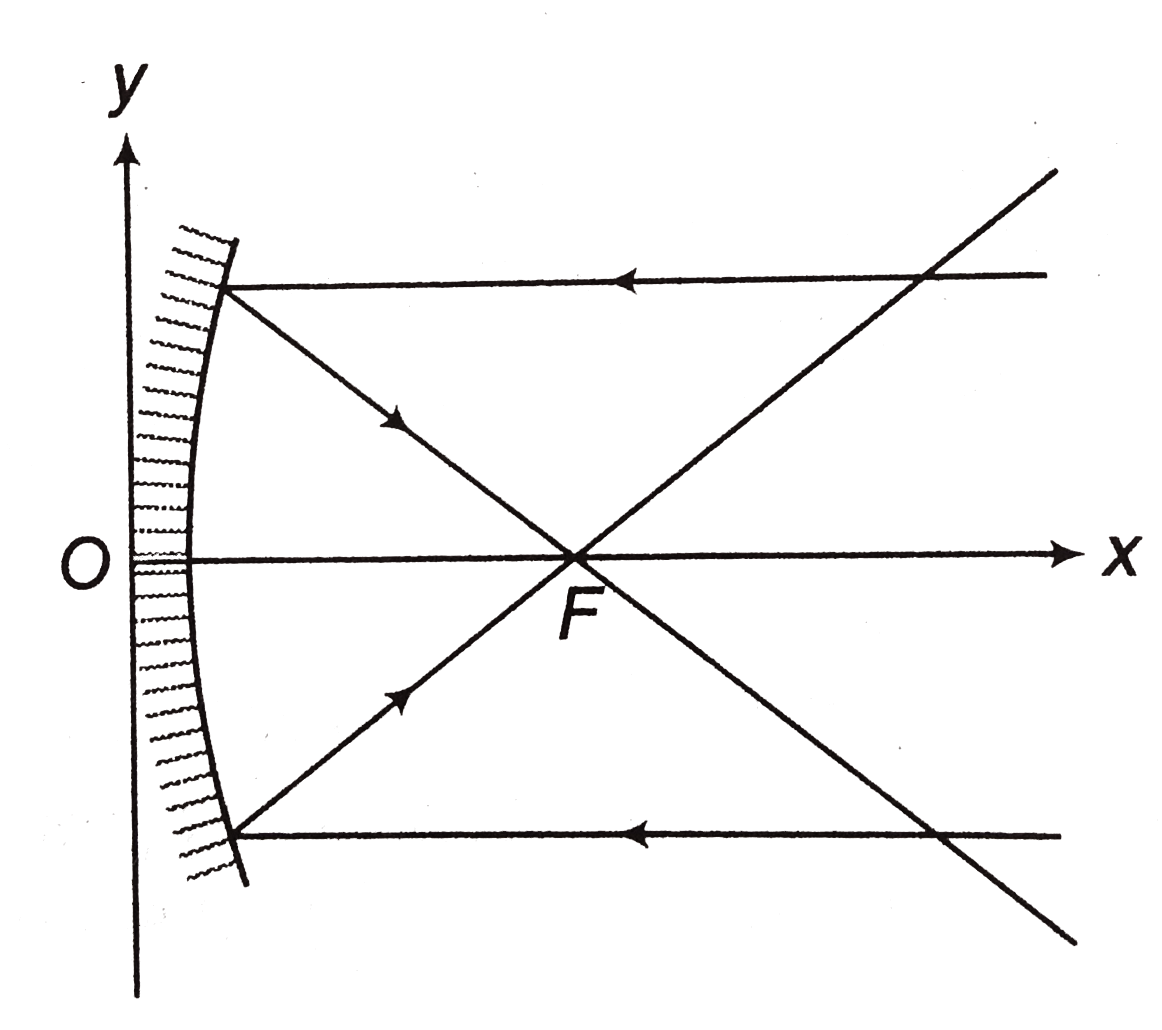
View SolutionA parallel beam of rays is incident on a convergent lens with a focal length of 40cm. Where a divergent lens with a focal length of 15cm be placed for the beam of rays to remain parallel after passing through the two lenses.
View SolutionA concave mirror of focal length 20cm is placed inside water with its shining surface upwards and principal axis vertical as shown in Fig. Rays are incident parallel to the principal, axis of concave mirror. Find the position of final image.
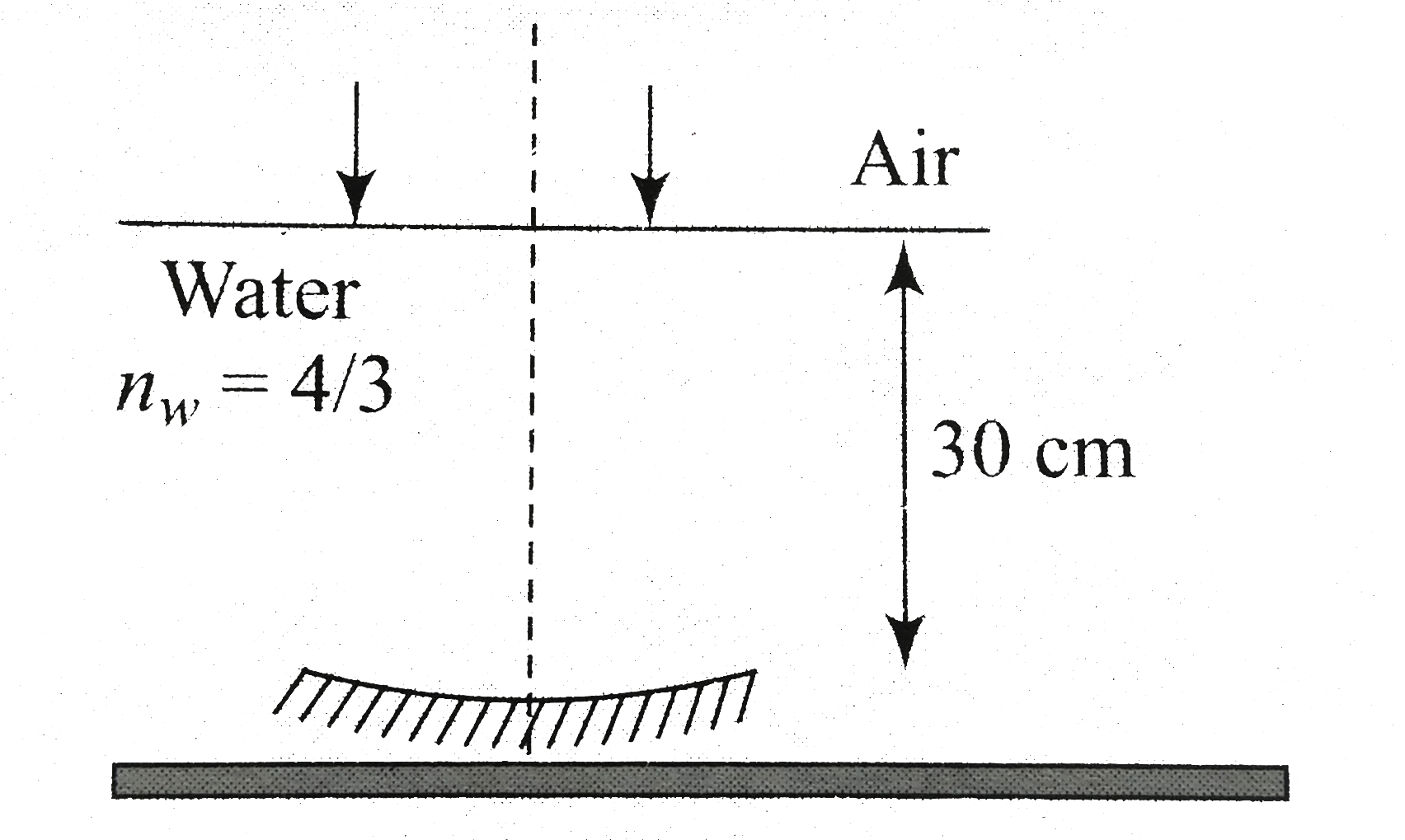
View SolutionFind the focal length of equivalent system shown in Figure.
View SolutionAssertion:- Paraxial rays are always parallel to the principal axis. Reason:- A parallel beam parallel to principal axis converges at the focal point.
View SolutionStatement-1: Paraxial rays are always parallel to the axis of a mirror or lens.
Statement-2: A parallel beam close to principal axis converges at the focal point.
View SolutionThe value of the of d_(1) and d_(2) for final rays to be parallel to the principle axis are (focal lengths of the lenses are written on the lenses).
View SolutionFind the equivalent focal length of the system for paraxal rays parallel to axis
View SolutionChromatic aberration is due to (A) Dependence of focal length of a lens on the wave length of light used (B) Dependence of focal length of the lens on the distance of parallel rays from the axis (C) Both A and B (D) Neither 1nor 2
View SolutionFind distance on focal plane where parallel and paraxial rays which are not parallel to optic axis, meet after reflection.
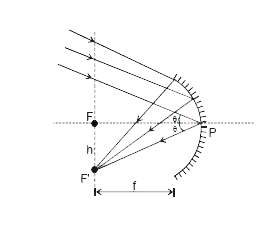
View SolutionShow that a parallel bundle of light rays parallel to the x-axis and incident on a parabolis reflecting surface given by x=2by^(2) , will pass through a single point called focus of the reflecting surface. Also, find the focal length.
View Solution
